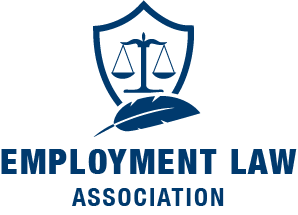Employment Discrimination Lawyer
Many people are unaware that layoffs can be grounds for wrongful termination, not just firings. As an experienced employment discrimination lawyer – including those who practice at Hoyer Law Group, PLLC – can explain in greater detail, signs that a layoff was discriminatory can be identified through several key indicators. Discriminatory layoffs occur when employees are selected for termination based on factors such as their race, gender, age, disability, or other protected characteristics, rather than legitimate business reasons.
This is a legally-complex way of saying that if you’ve recently been laid off, you may have grounds upon which to file legal action. These are some of the red flags that you’ll want to be aware of if you have concerns about a recent layoff.
Disproportionate Impact on Protected Groups
One clear sign of a discriminatory layoff is when it disproportionately affects employees from certain protected groups. If a significant number of individuals from a specific race, gender, age group, or other protected category are consistently targeted for termination, it raises suspicions of discriminatory intent. Statistical evidence and analysis can help determine if there is a significant disparity between the number of employees terminated from protected groups compared to others.
For example, if a company lays off a higher percentage of employees who are over the age of 50, while retaining a significantly larger number of younger employees with similar job roles and performance levels, it may indicate age discrimination. Similarly, if the layoff primarily impacts employees from a particular racial or ethnic background, it may suggest race discrimination. Analyzing the demographics of the terminated employees in relation to the overall workforce can provide valuable insights.
Disparate Treatment and Subjectivity in Decision-Making
Discriminatory layoffs may also be evident when there is a pattern of disparate treatment or subjective decision-making processes. If decisions regarding layoffs appear to be influenced by personal biases or prejudices rather than objective criteria, it can be indicative of discrimination. Some common signs to look for include:
- Inconsistent application of performance evaluations: If employees with similar job performance receive different treatment during the layoff process, it may indicate bias. For example, if high-performing employees from protected groups are terminated while lower-performing employees from non-protected groups are retained, it suggests discriminatory practices.
- Lack of transparency and documentation: When the layoff decisions lack transparency or supporting documentation, it becomes challenging to ascertain the fairness and legitimacy of the process. Employers should maintain clear records outlining the objective criteria used for selecting employees for termination. The absence of such documentation raises concerns about potential discrimination.
- Retaliatory or retaliatory-like actions: If employees who have engaged in protected activities, such as filing discrimination complaints or advocating for their rights, are disproportionately targeted for layoff, it can suggest unlawful retaliation.
Anything Else that “Just Feels Wrong”
Finally, if something just “doesn’t feel right,” it’s going to be important to speak with an attorney even if you can’t prove discriminatory intent at a glance. Anything from a significant departure from established layoff policies and practices to strange terms outlined in a severance agreement could be evidence of an unlawfully discriminatory layoff scenario.

